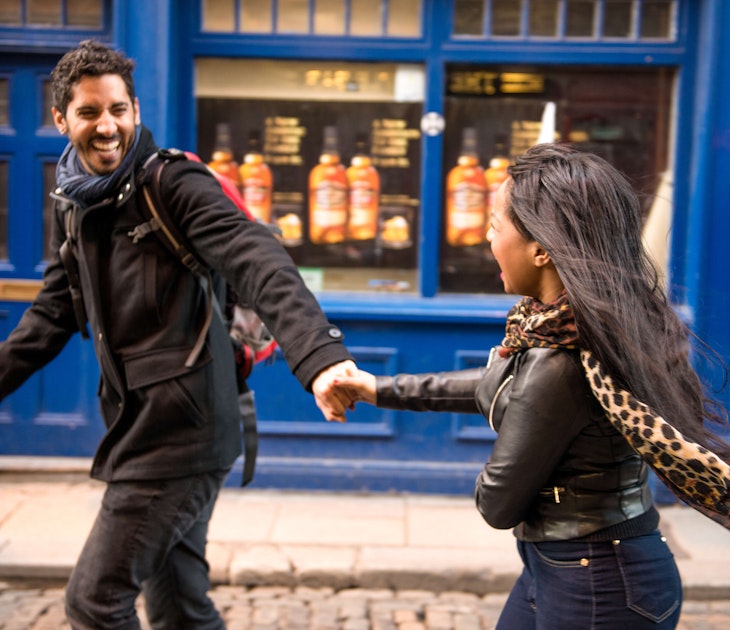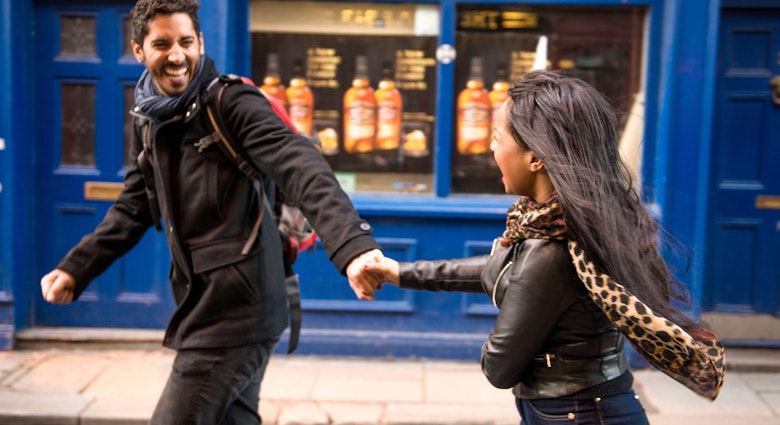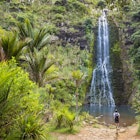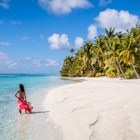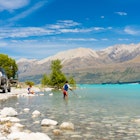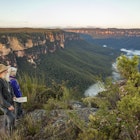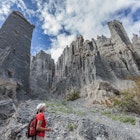New Zealand is a hiking paradise and on the bucket list of many enthusiastic outdoor travelers around the world. The country's newest route is the Paparoa track, offering a unique opportunity to explore the West Coast, one of the country's most unspoiled and unexplored wildernesses. Rich in stunning panoramas of the majestic mountain landscape, the trail leads hikers (or 'trampers', as the Kiwis call them) deep into the remote Paparoa National Park on the rugged West Coast, on the South Island. From lush subtropical palm trees and towering conifers to abundant birdlife including kiwi and kea, here's how to make the most of the newest addition to the country's world-famous 'Great Walks'.
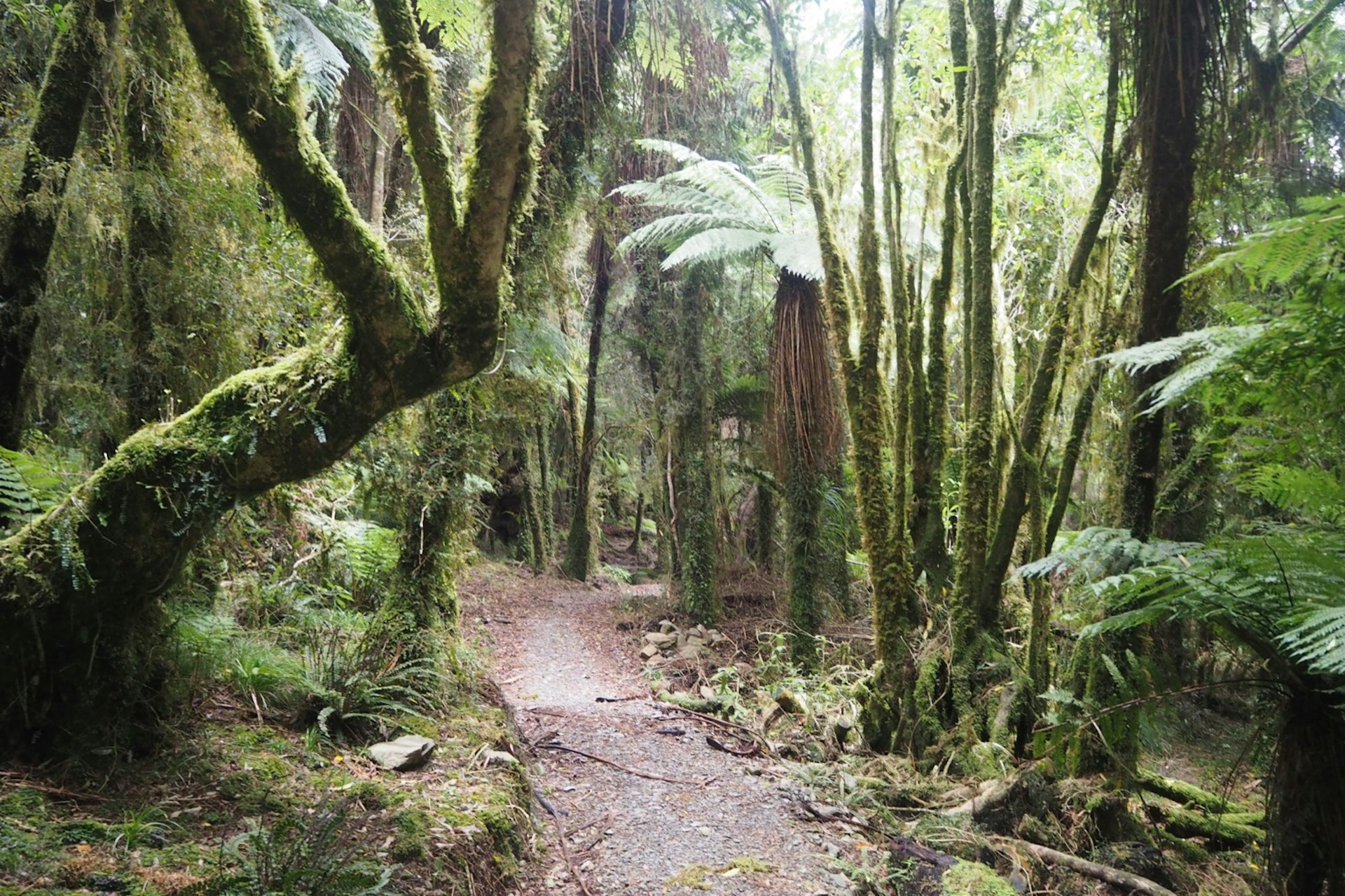
Spectacular Paparoa
Covering a distance of 34 miles (55 km), Paparoa is the first of New Zealand's Great Walks to be constructed completely from scratch. The track is slated to open to the public in December, though interested travelers can book their trip now. As with the other Great Walks, Paparoa is built to be a multi-day track, requiring overnight stays in the modern Ces Clark Hut, Moonlight Tops Hut, and/or Pororari Hut.
Explore Paparoa track's rich ecosystem
From scrub-like alpine tussock, to thick, sub-tropical nikau palms, the Paparoa track will take you through a variety of very different forest ecosystems. Look out for giant rimu trees, traditionally an important source of construction timber for indigenous Māori communities.
Paparoa is a bird watcher's paradise, with fantails and tomtits flitting between the trees and the distinctive calls of tui and bellbirds following you along the trail. The area is also a prime habitat for kea, New Zealand's endangered mountain parrot. Listen carefully, you might even hear the unique nighttime calls of New Zealand's iconic kiwi during your stay in the huts.
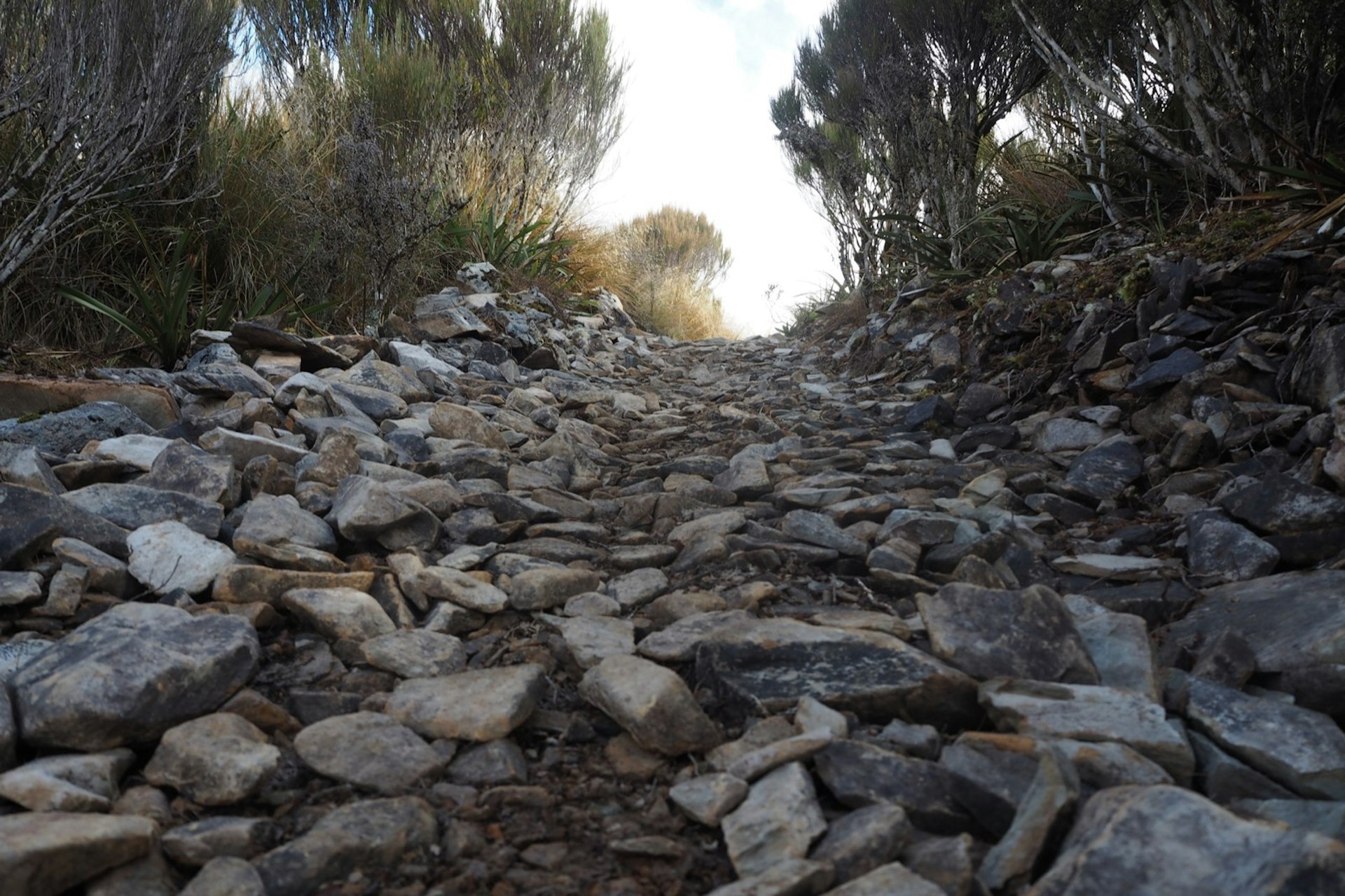
How to get there
To reach the West Coast, the most visually spectacular option is to cross the Southern Alps from Christchurch to Greymouth through the scenic mountain route via Arthur's Pass, either driving independently or taking the daily five-hour TranzAlpine railway journey.
It’s possible to drive along the coast into Greymouth on the Great Coast Road (also known as state highway 6) either driving southwest from Nelson, or northeast from Invercargill and Queenstown, while regular, affordable bus services also connect Greymouth with the rest of the South Island.
The journey from Greymouth to the track start in Blackball involves a 15-mile (24 km) drive, with taxis available from the railway station (Greymouth Taxis are one locally based option). Arrange with Blackball Co-operative Shuttle and Relocation Service or Punakaiki Beach Camp for shuttle transfers to and from the trailheads.
The trailhead at the Smoke-ho car park, near the small town of Blackball, the Paparoa track will ascend up the heritage Croesus track to a vantage point with breathtaking views across both the Grey Valley and the Tasman Sea. After savoring a golden sunset from Moonlight Tops, follow a long meandering trail along the ridge escarpment atop the Paparoa ranges, followed by a steady descent down the steep limestone cliffs of the Pororari River valley. The track will finish at the Waikori Road car park, not far from Punakaiki's world famous Pancake Rocks.
Plan ahead
Accommodation in Blackball is limited, so be sure to pre-book at Formerly the Blackball Hilton, a heritage hotel in the center of town with old photographs and other historical trinkets on the walls. You can mingle with locals in the rustic downstairs bar, hearing stories about the region's rich mining heritage.
Book hut accommodation in advance on the track itself, with a maximum of 20 bunks available in each hut (bring your own sleeping bag). Hut bookings are $45 per person per night for adults, and free for 18-and-under. Bookings can be made by opening an account with the Department of Conservation.
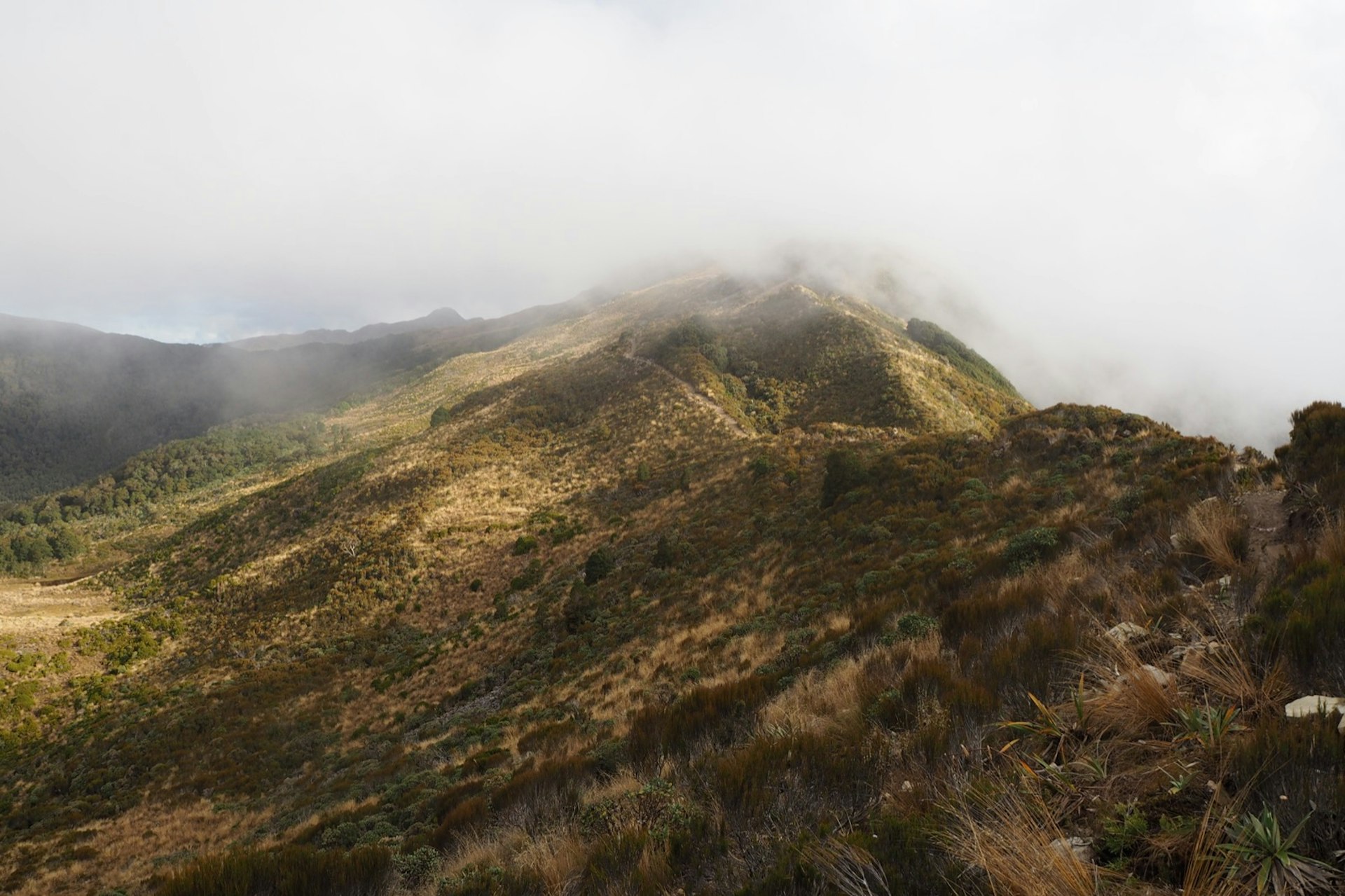
Be prepared
The weather is highly unpredictable on the West Coast; so your walk might take place in glorious sunshine or in the torrential pouring rain – no matter the time of year. Visiting during the busier summer months (October to April) should increase your chances for warmth and clear skies, but be sure to bring proper gear to protect you from both extreme heat and freezing rain – potentially on the same day.
New Zealand is a country with low air pollution and a deficit of ozone overhead. Bring plenty of sun protection – long sleeves, hats, high-factor sunscreen, and of course, plenty of water to minimize your risk of sunburn and/or sunstroke.
Don't forget to bring insect repellent and watch out for the notorious and bloodthirsty sandflies that swarm along the West Coast. They may be tiny and carry no infectious diseases, but their bites can remain swollen and itchy for days.
Paparoa's history
The West Coast has a long heritage of mining, with the boom era beginning in the mid-to-late 1800s, when hundreds of men and boys traveled from across the oceans – mainly from Ireland and England, via Australia – looking for work mining valuable coal, gold and quartz. Though the industry has declined since deindustrialization began in the mid-20th century (the Blackball mine closed in 1964) there are many historical sites – such as the Brunner mine disaster memorial, commemorating the death of 65 miners who were killed in March 1896 – worth visiting.
A separate path branching off the Paparoa track down to Pike River will bring visitors to the Pike29 Memorial track; a tribute to the 29 miners killed in an underground explosion at the Pike River mine on November 19, 2010.
The creation of the entire Paparoa track was an idea proposed by the families of the deceased. Spend time learning about the tragic backstory which led to the creation of the stunning new track.
https://shop.lonelyplanet.com/products/new-zealand-travel-guide-19?via=Z2lkOi8vbG9uZWx5LXBsYW5ldC9Xb3JrYXJlYTo6Q2F0YWxvZzo6Q2F0ZWdvcnkvNTllZTQ5YmRmOTJlYTE0MTg2MDU4Njkx

